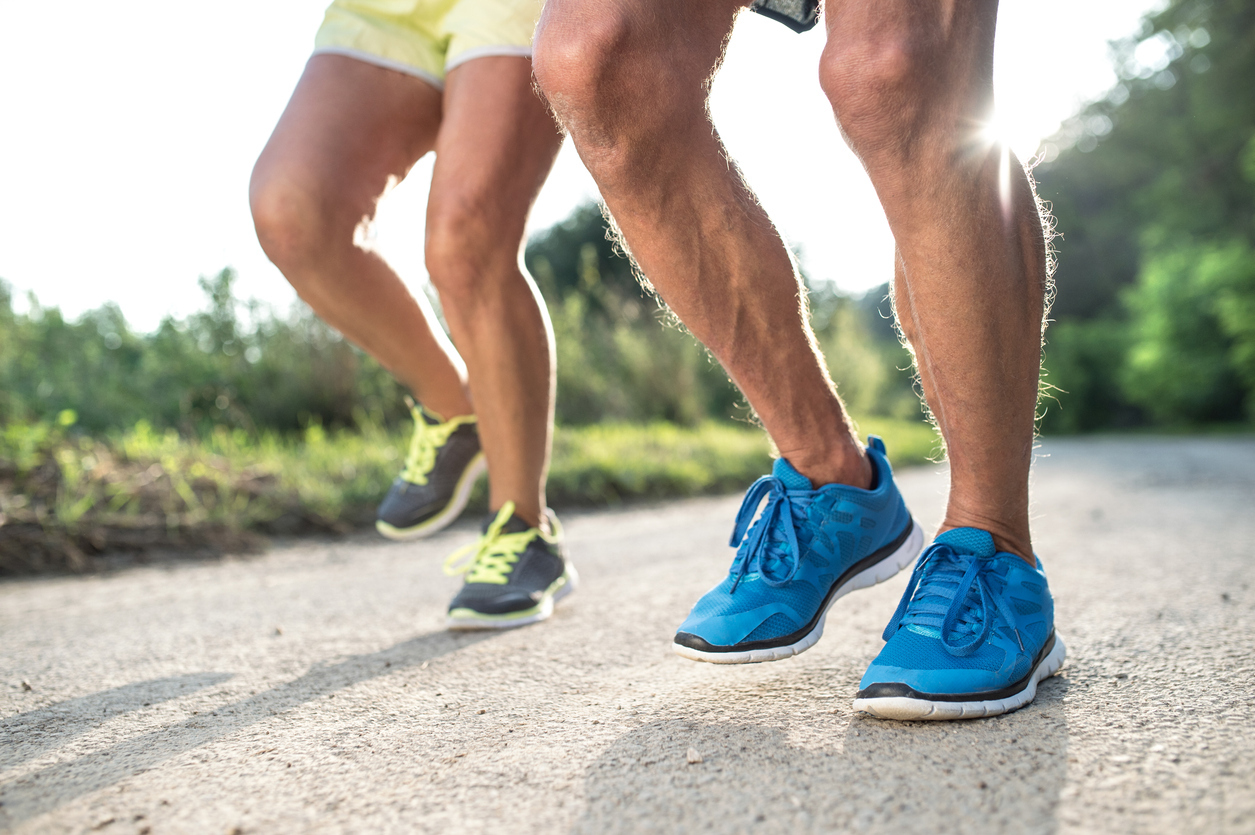Q. What bacteria causes athlete's foot?
Athlete’s foot is not caused by bacteria. It is caused by tinea, a fungus that also can give you jock itch and ringworm. You can catch it from another person, from animals or wet surfaces such as the floors of public showers.
Athlete’s foot symptoms include dry skin, itching, burning, scaling, inflammation, and blisters. If blisters break, tissue becomes exposed and this can be painful.
Athlete's foot usually shows up between the toes, especially the last two toes. Tinea thrives on feet because they are usually in shoes, which are perfect for fungus — they are warm, dark and humid.
The fungus can spread on the feet. It can also travel to other parts of the body if you scratch your feet and then touch elsewhere.
For a mild case of athlete’s foot, your doctor may recommend an over-the-counter or prescription preparation. There are antifungal sprays, powders, creams and lotions. If you have a severe case of athlete’s foot, your doctor may prescribe an oral medication.









